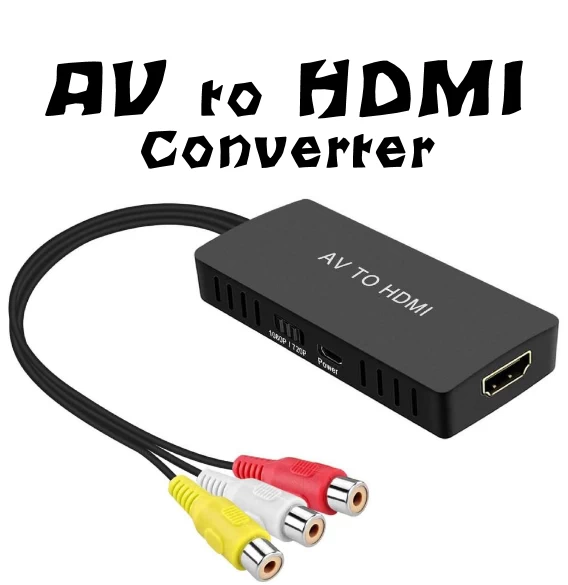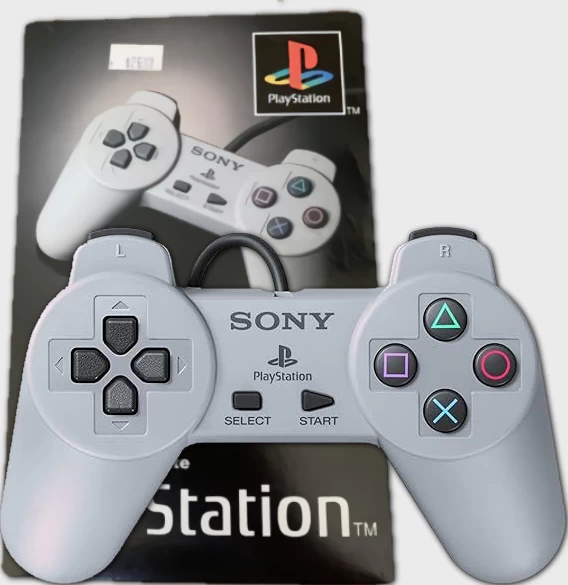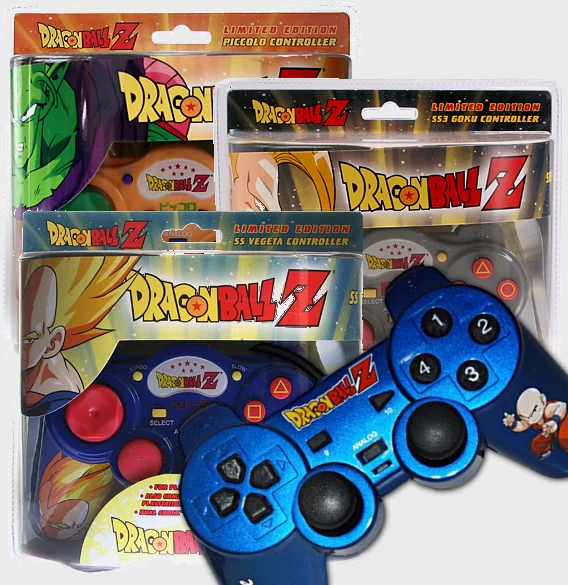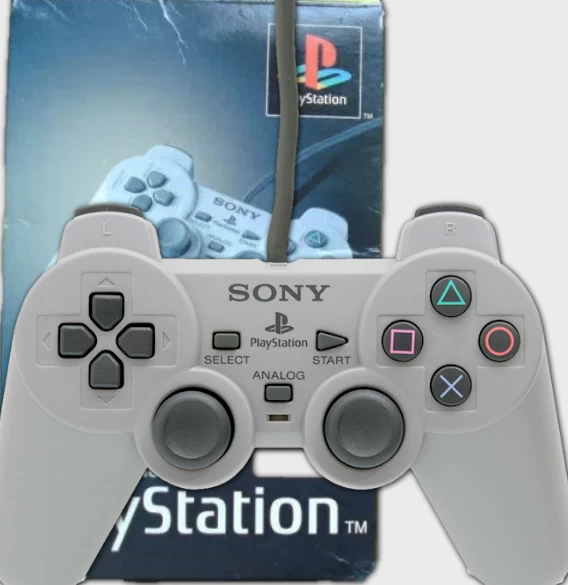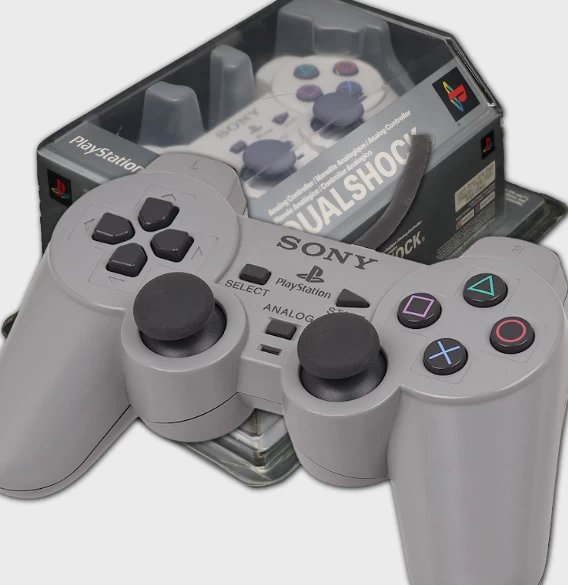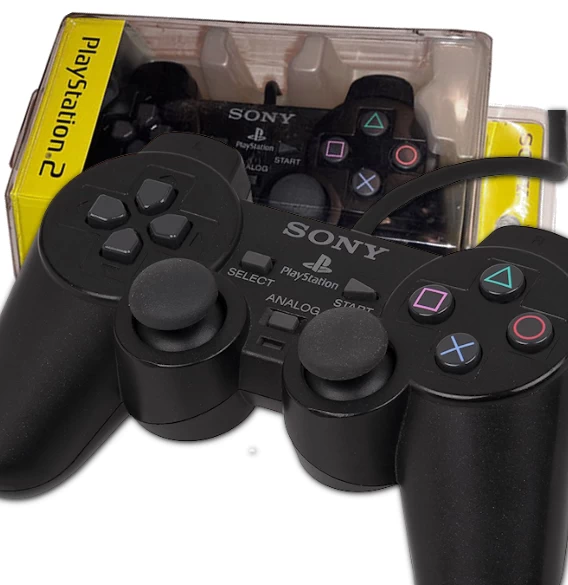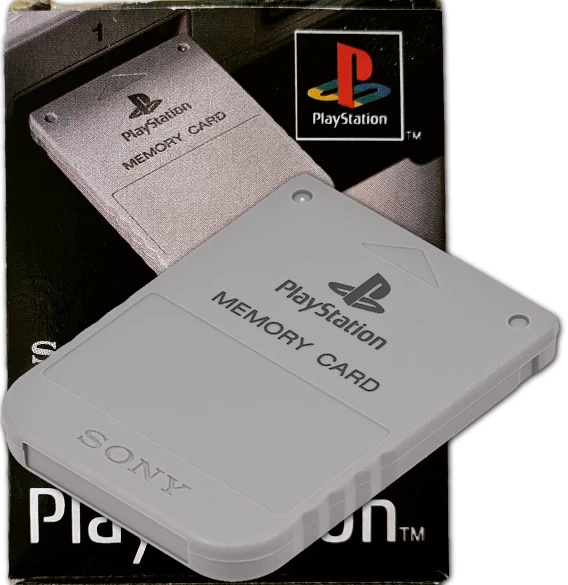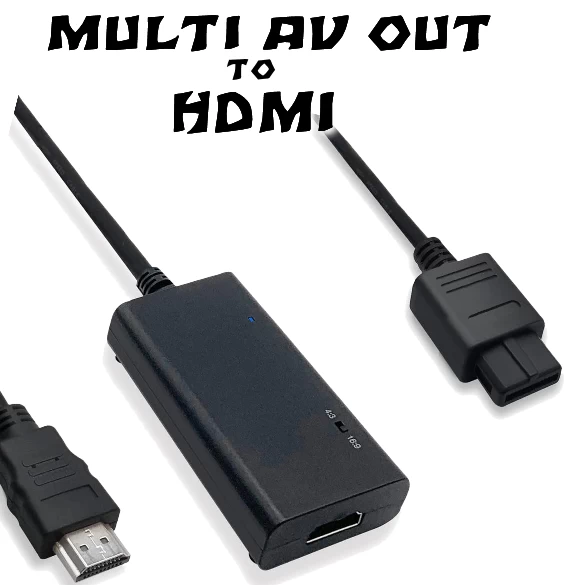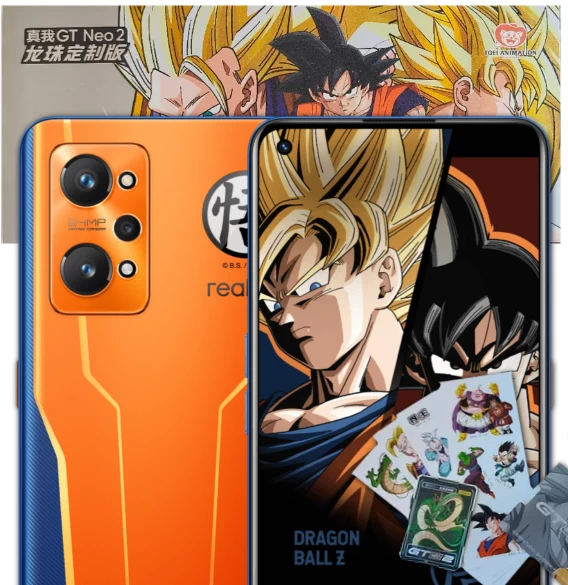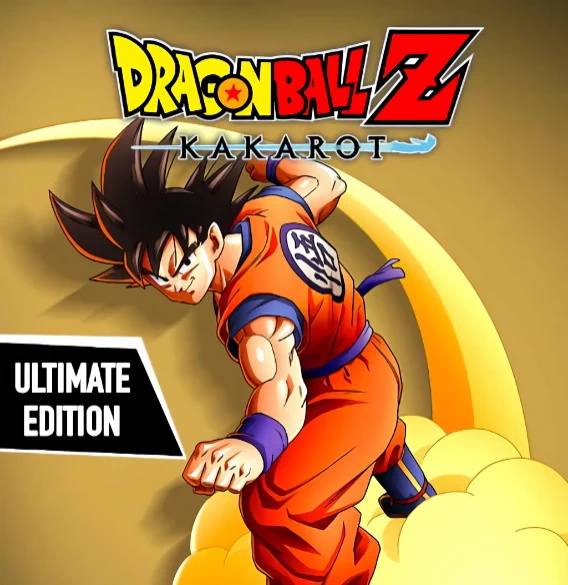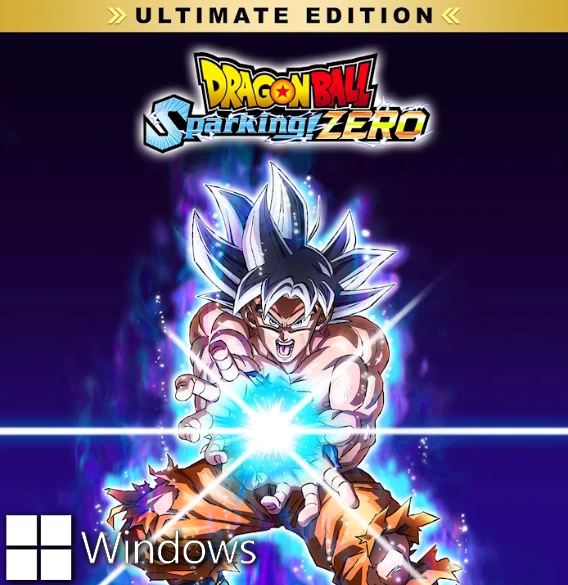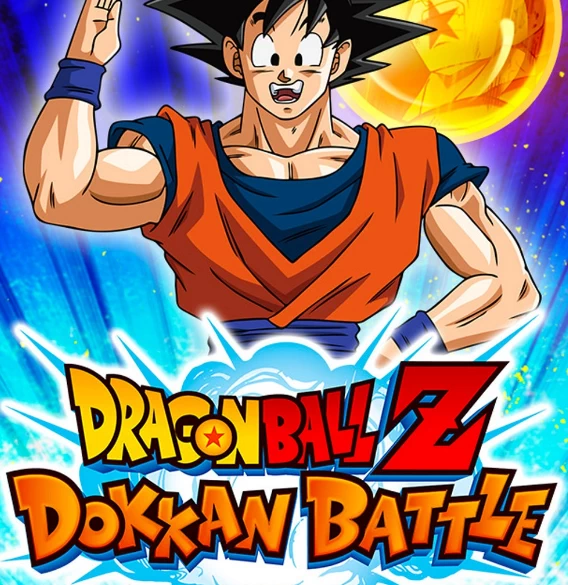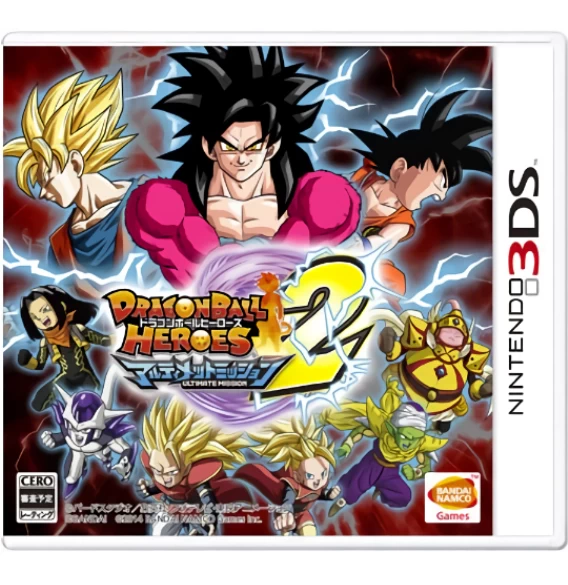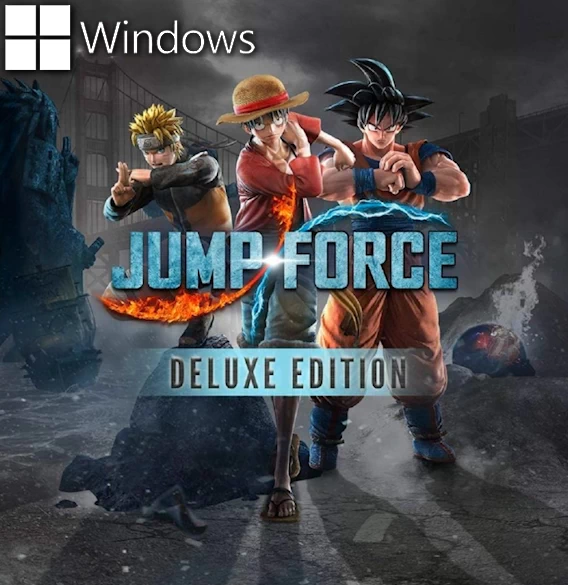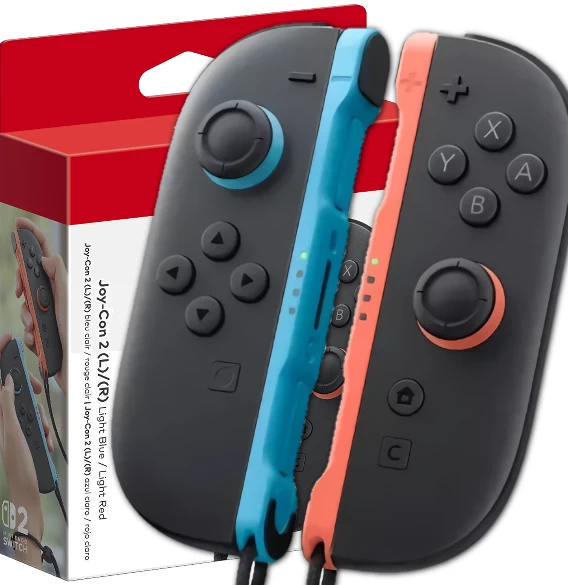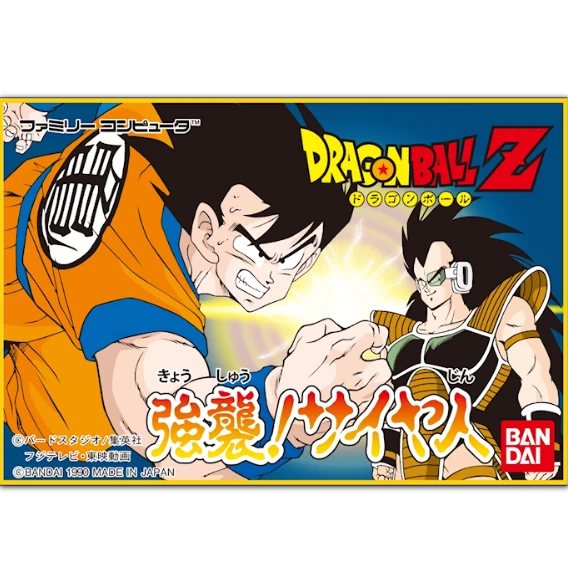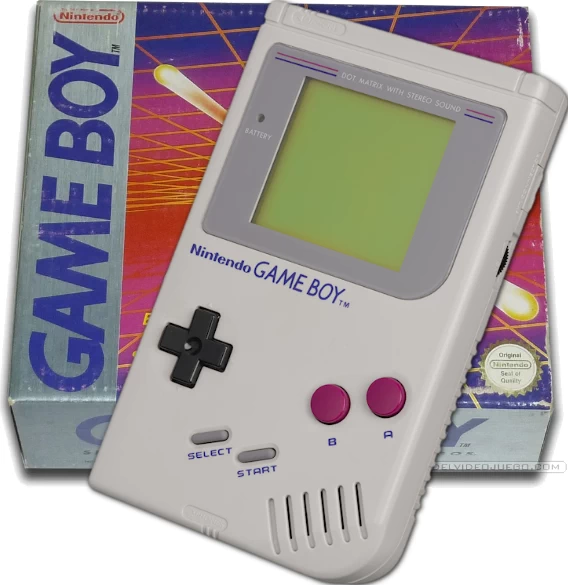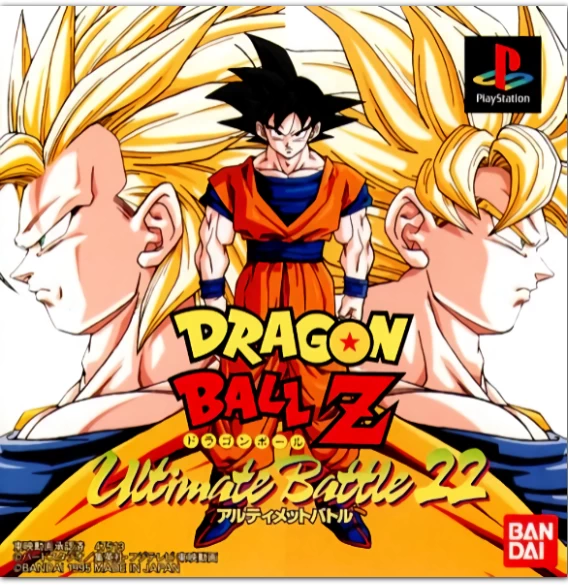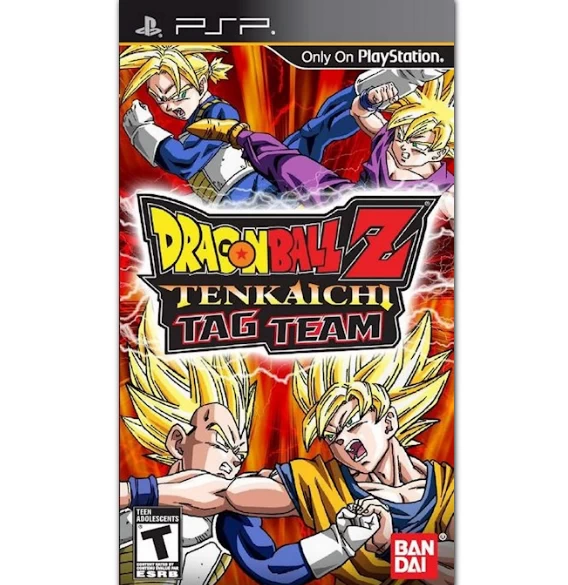All Dragon Ball Video Games for PlayStation 2 (PS2)
All Released PS2 Consoles and the Complete List of Their 11 Dragon Ball Games
Discover All PlayStation 2 Models, Some Essential Peripherals, and the 9 Dragon Ball Games Released on the Console
The PlayStation 2 arrived in the middle of 2000 to become the queen of its time and be the console with the most Dragon Ball games in its catalog. Here we will see the complete list of those games, including the famous Tenkaichi Budokai saga (or Sparking! in Japan).
We will also go through all the models and versions that Sony released for the PS2, as well as some peripherals or accessories needed to play this console today.
Dragon Ball Z Games Released for the PS2
The complete list of Dragon Ball games released for the PS2 includes a total of 11 titles, making it the console with the most DBZ titles in its catalog to date.
Practically all the games you will find are 3D Fighting games, featuring legendary sagas like 'Budokai' or 'Tenkaichi Budokai' (Sparking! in Japan). The only game that is not a fighting game is 'Sagas', which leans more towards an Action-Adventure style.
If you wish, remember that all PS1 games work on the PS2, thanks to backward compatibility, so you can also play the 3 titles from the PS1.
Remember that games and the console have regional locks: NTSC-J (Japan and Asia), NTSC-U/C (NA), PAL (EU, AUS), and you must make sure that the game and console are from the same region.
The different versions and models of the PS2 console
To play PlayStation 2 games you’ll need a console that supports them, and for that purpose Sony released multiple versions of the console, mainly distinguished by their visual models: the Fat and two Slims.
If we name them by their version and models, we can say the Fat covers from the very first 2000 model, the SCPH-10000, up to the SCPH-55000 in 2005.
The first Slim includes models from 2004, starting with the SCPH-70000, up to the SCPH-79000 in 2006.
And the third visual model, the second Slim, is the SCPH-90000, released in 2007.
The PS2 Fat includes more connectors and accessory options than the Slim versions, but the Slims are lighter and offer better power consumption and performance.
Remember that, to prevent piracy and cross-region smuggling due to licenses, the console’s compatibility depends on the region. The regions are:
-
NTSC-U/C: North America, Central America, South America, and parts of Asia.
-
NTSC-J: Japan and some parts of Asia.
-
PAL: Europe, Australia, and parts of Asia.
-
NTSC-K: South Korea.
To bypass these restrictions imposed by Sony, today you need a disc that lets you boot games from other regions or modify your console with a chip for that purpose. But remember this should only be for collecting purposes, not piracy.
PS2 accessories and peripherals to play Dragon Ball
You might already have a console from when you were a kid, or have inherited one from a friend or family member, or maybe you bought it second-hand, but... you’re still missing some accessory or peripheral to be able to play with it, like an adapter for a modern TV, a controller...
So here’s a list of things you might need to play your almost retro console on a modern television.
AV to HDMI - Video Output Converter
AV to HDMI - Video Output Converter
With this accessory, you can convert the AV output of your console to HDMI for modern TVs.
Multi AV Out to HDMI - Video Output Converter
Multi AV Out to HDMI - Video Output Converter
With this accessory, you can convert your retro console’s Multi AV Out to HDMI for modern TVs.
More complete lists of Dragon Ball games and video games.
We also have more complete lists of Dragon Ball games and video games cataloged by their gaming platform, including Board Games, PlayStation, Nintendo NES, etc.
Here are some of the Dragon Ball games and video games we have for you:
Discover some of the Dragon Ball games, video games, consoles, and collectible accessories. From the iconic NES and GameBoy to the latest PC, PS5, and X-BOX titles, as well as the timeless board games.
Realme GT Neo 2 Dragon Ball Z
Realme GT Neo 2 Dragon Ball Z
The Realme GT Neo 2 Dragon Ball Z is a limited edition dedicated to DBZ, with 12 GB of RAM, 256 GB of storage, and a 6.62" display. It was inspired by Goku’s outfit, hence the orange and blue colors, as well as the logo with the kanji. Additionally, as a limited edition, it includes a unique box, exclusive theme, stickers, and cards.
Dragon Ball Z: Kakarot - Ultimate Edition
Dragon Ball Z: Kakarot - Ultimate Edition
Dragon Ball Z: Kakarot – Ultimate Edition was released on the same day as the base game. This edition includes the base game, all the Deluxe Edition content, plus exclusive extras: access to the first Season Pass with two extra episodes based on Dragon Ball Z: Battle of Gods, permanent upgrades for cooking items, the Additional Music Pack with 11 anime songs, and an exclusive travel item to move around the map while exploring or completing missions: Tao Pai Pai’s Pillar.
Dragon Ball: Sparking! Zero - Ultimate Edition
Dragon Ball: Sparking! Zero - Ultimate Edition
Dragon Ball: Sparking! Zero – Ultimate Edition was released on the same day as the standard edition, which only includes the base game. This edition, in addition to the base game, contains everything offered in the Deluxe edition—meaning it also grants access to the first season pass, which includes 3 DLCs, and early access to each DLC’s content 3 days before its official release.
What’s exclusive to this edition is the Ultimate Upgrade Pack, which includes: Goku (Super) outfit with Power Pole, emotes, backgrounds, a customization item, and the Super Shenron Summon—all of which are cosmetic items.
The 3 DLCs included in the first pass feature over 20 characters based on DB: Super and DB: Daima, along with cosmetics, and some story and battle content.
Dragon Ball Z: Dokkan Battle
Dragon Ball Z: Dokkan Battle
Dragon Ball Z: Dokkan Battle is a game that includes elements of board games, cards, and puzzles. Its story involves Future Trunks accidentally traveling to another reality and needing to return to his own. You must collect characters, learn mechanics, etc. Visually, it’s a good game.
Dragon Ball Heroes: Ultimate Mission 2
Dragon Ball Heroes: Ultimate Mission 2
Dragon Ball Heroes: Ultimate Mission 2 is the second card game for the 3DS that recreates the Dragon Ball Heroes arcade game. This sequel introduces new game modes, cards, and storylines.
Jump Force - Deluxe Edition
Jump Force - Deluxe Edition
Jump Force – Deluxe Edition is the edition that included the first Season Pass of the game, giving us the base fighting game plus access to 9 extra playable characters with early access.
The new characters are: Asta, Boa Hancock, Broly, Gogeta, Jiren, Naruto Uzumaki (Sage Mode), Sabo, Shoto Todoroki, and Super Saiyan God Goku.
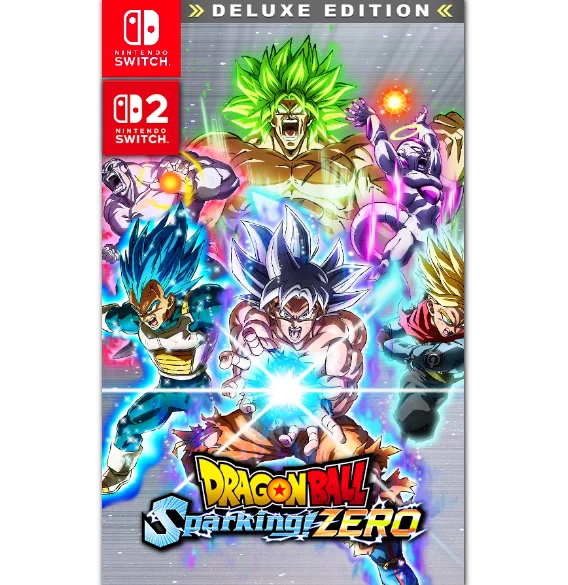
Dragon Ball: Sparking! ZERO - Deluxe Edition
Dragon Ball: Sparking! ZERO - Deluxe Edition
Dragon Ball: Sparking! Zero – Deluxe Edition was released on the same day as the standard edition of the game, which only contains the base game. This edition, in addition to the base game, gives you access to the first season pass, which includes 4 DLCs.
With this edition, you will also have access to the content of each DLC in the pass 4 days before its official release.
The 4 DLCs included in the first pass feature over 20 characters based on DB: Super and DB: Daima, as well as cosmetics, and some story and battle content.
This edition can only be purchased digitally through the Nintendo Shop on our Nintendo Switch console, and once purchased, it will work on either of the two consoles, Switch 1 or 2, as the game is linked to the account.
Dragon Ball Z: Kyōshū! Saiyan
Dragon Ball Z: Kyōshū! Saiyan
Dragon Ball Z: Kyōshū! Saiyan is the fourth game/cartridge of Dragon Ball released for the NES in 1990, and the first one to carry the Z title. It was released while the DB anime and manga were still ongoing. This game was also never officially released outside Japan.
It can be considered the continuation of Dragon Ball 3: Gokuden, since its gameplay system is practically the same, with some differences. It is a turn-based card battle RPG, where players explore the map to collect new cards while progressing through the story and engaging in battles.
Its story covers the first three arcs of Dragon Ball Z, telling the entire Saiyan Saga, from Raditz’s arrival, the training of the Z Fighters, to the battles against Nappa and Vegeta. Additionally, it includes the extra story of Garlic Jr.
Game Boy
Game Boy
The original Game Boy, released by Nintendo in 1989, is a legendary handheld console that revolutionized the gaming world. Featuring a monochrome screen, classic controls, and iconic games like Tetris and Pokémon, it remains a cult object for collectors.
Dragon Ball Z: Ultimate Battle 22
Dragon Ball Z: Ultimate Battle 22
Dragon Ball Z: Ultimate Battle 22 is the first Dragon Ball game released for the console in 1995, and it was an exclusive for the PS1.
It is a fighting game for 1 or 2 players (PvP), with 3D stages and characters made with 2D sprites.
The game is called 22 because it supposedly includes a total of 22 playable characters, but performing a key combination on the start screen unlocks 5 more characters, and the game becomes 'Ultimate Battle 27', now with 27 characters.
Among the 22 base characters are Super Boo, Cell, Freezer, Krillin, Vegeta…, and the 5 extra characters with the trick are: Kid Goku, Roshi, Satan, Goku SSJ3, and Gogeta.
The game does not have a story mode narrating the events of the Dragon Ball manga, but it includes characters from all DBZ sagas.
Although the sprites are decent for the time and there are many characters, the gameplay is said to leave much to be desired.
Dragon Ball Z: Tenkaichi Tag Team
Dragon Ball Z: Tenkaichi Tag Team
Dragon Ball Z: Tenkaichi Tag Team is a game very similar to others in the Tenkaichi or Sparking line. This time, it allows 2 vs. 2 battles, hence the 'Tag Team', and multiplayer for up to 4 players. Its story mode covers from Raditz's arrival to the fight against Frieza on Namek. It is the game with the most characters for this console.

